Travel Journal: Narrations from Senegal
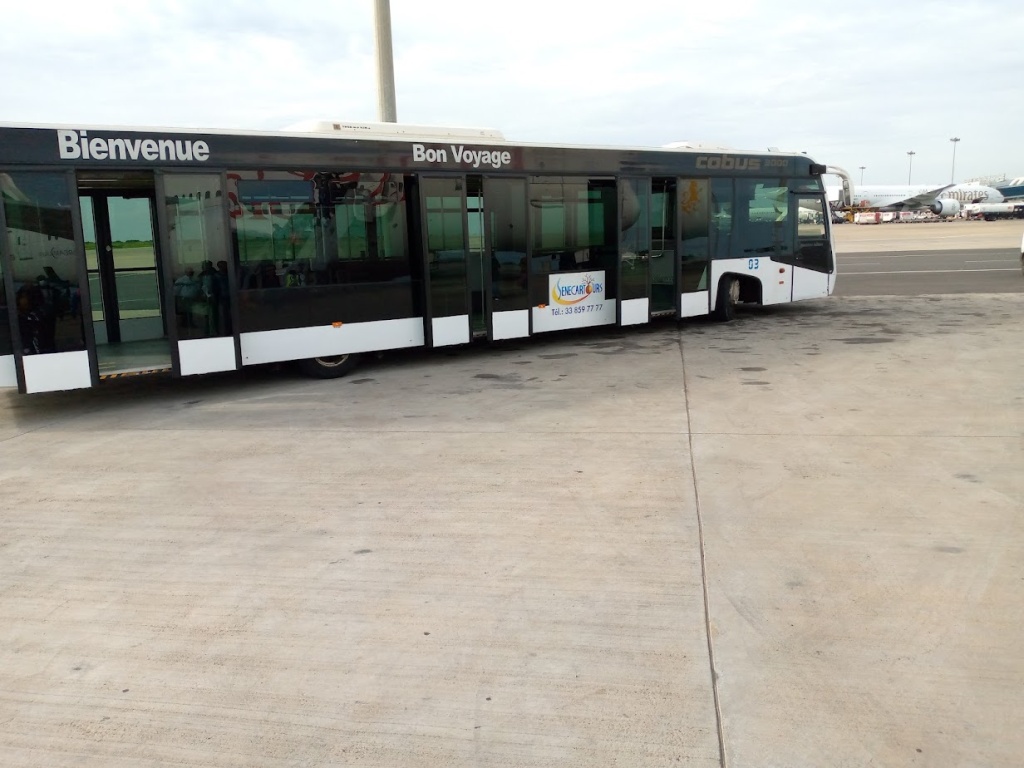
Dakar, Senegal – This September, I was privileged to receive an invitation from an organization I consult for, to visit Senegal, the land of Teranga (Teranga is a Wolof term for hospitality), where the organization was set to launch a series of initiatives, among them – a new office in the francophone region, and several research reports that I had taken part in.
The invitation evoked narrations from half a decade ago, when a colleague, on realizing I had a strong interest in slavery history, recounted her visit to Gorée island, deemed as one of the largest slave-trading centers from the 15th century to the 19th century.
Barbara had urged me to pay pilgrimage to the island when I ever got the opportunity to. Now that I was going to be in Dakar, I could not let the chance to pay homage to this famed island pass me by.
My 9 hour voyage set off in Nairobi, with a 3 hour stopover in Addis, and later a 1 hour stopover in Bamako, Mali, before finally embarking on the Dakar stretch.
On disembarking at Dakar’s Blaise Diagne International Airport, an airport steward approached me as we were waiting for the airport bus to take us to the arrivals terminal, and smilingly said “here we are Olympique Marseille supporters”, pointing at the PSG jersey I was donning. “Why?”, I curiously sought to know. After some friendly chit-chat, he (the steward) revealed that football fans in Senegal root for Marseille with a toot and hoot, for the simple fact that most Senegalese footballers ply their trade with the French side.
I would later on learn that their strong love for ‘Le Olympians’ stems from a development partnership between the Diambars Institute – a Senegalese football academy – and the French giants.
One would have expected English side Liverpool – Sadio Mané’s club, to be the ‘people’s favourite’.
Sadio Mané’s poster is displayed at the airport’s front though, proof that he’s perhaps the nation’s star and pride.

Slave Island Pilgrimage: Île Gorée (Gorée Island)

A ferry ride to this historic island, now a UNESCO world heritage site, took us just about 20 minutes from Dakar’s port. Our guide for the day, Pape Ndiaye aka Tata, a multi-lingual licenced tour guide by the ministry, revealed to us that ‘Beer’; a Wolof name, was the island’s original name prior to the advent of colonialists, but was later renamed Goedereede by the Dutch, and corrupted to simply ‘Gorée’.
The island was ruled in succession by the Portuguese, the Dutch, the English and the French, from the 15th to the 19th century. During this era, Goreé was deemed the largest slave-trading center on the African coast, where millions of captured Africans in Senegambia’s hinterland (present day Senegal, The Gambia, and Guinea-Bissau) and to some extent the great Mali empire, were shipped to newfound lands in the Americas, in the infamous trans-Atlantic slave trade”.
On approaching docking, the picturesque of the island became vivid, and what a site it was to behold!
Pape, well known to the ferry captains, was able to get us permission to access the ferry’s cockpit area, where I got the opportunity to take photos.


On setting foot on the island, I couldn’t help but notice the narrow alleys, beautifully paved with cobblestones, colourful stone houses, and beautiful walls with hanging flowers.
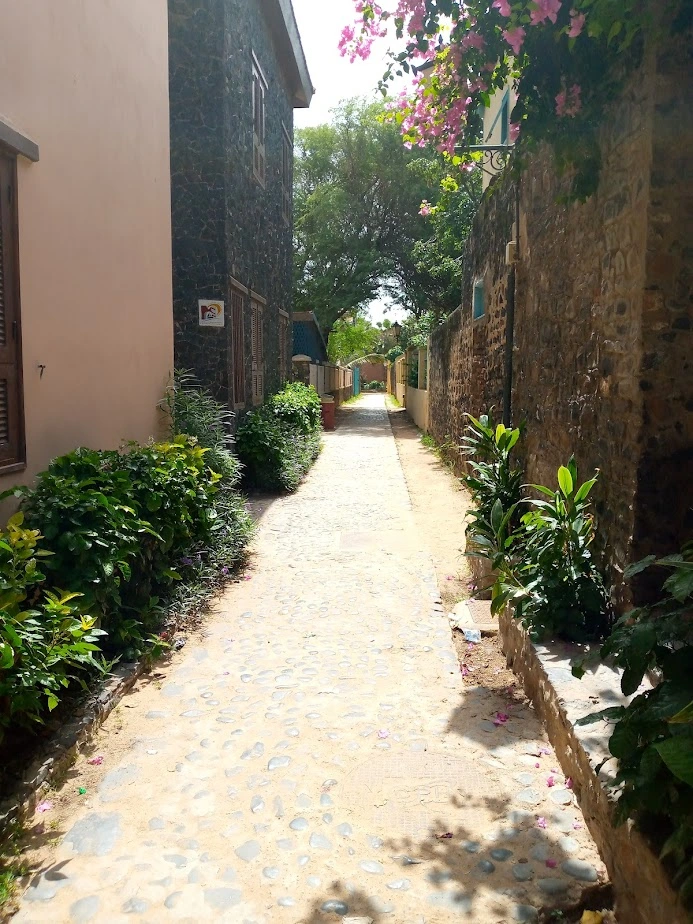


“This island is about 900 meters length by 300 meters width, and harbours over 20 sites of interest, the mayor’s residence, and has a population of about 2,000 people, It has no car, has one donkey to pick the island’s refuse, a church, a mosque, a police station, a recreation park, and a couple of schools, and is home to Blaise Diagne – the first black African to be elected to the French Chamber of Deputies, and the first to hold a position in the French government,” Pape narrated.

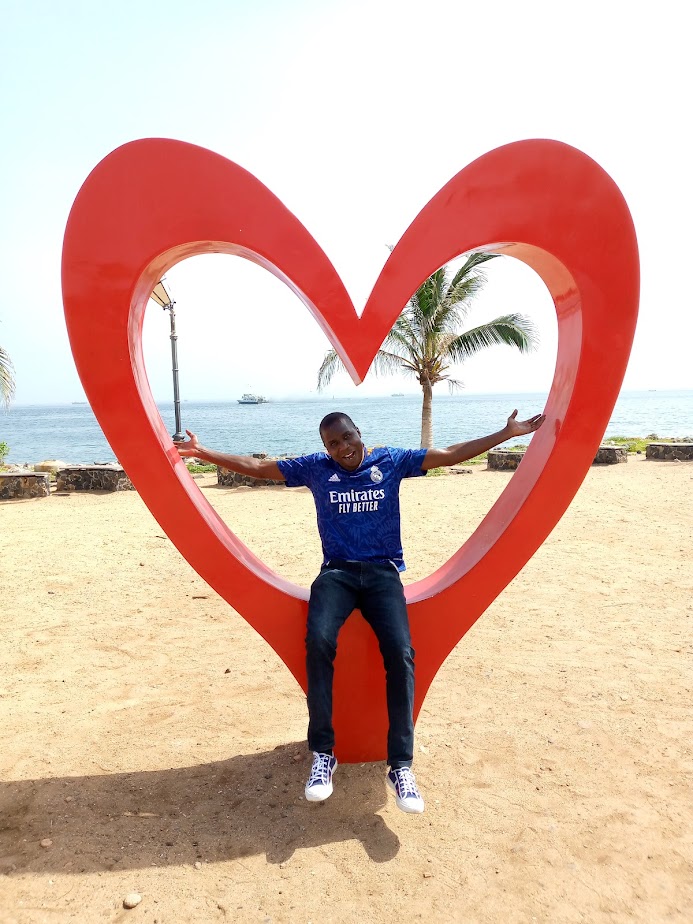
Our four hour tour began with a stop at Hotel Municipal La Porte du Retour (Municipal Hotel of the Door of Return) – simply the opposite of “Door of no Return” – symbolising a “return” of descendants of enslaved Africans to the island.


Maison des Esclaves (House of Slaves)




The next stop was the house of slaves. This museum, curated by Boubacar Joseph Ndiaye, is said to be the original one storied house built in the late 1700s by Nicolas Pépin, and later run by his sister Anne Pépin, a famous French slave trader of the signara community on the island. In this house, it is where Mademoiselle Pépin lived, with the upper storey of an airy veranda and a magnificent vista being reserved for her.


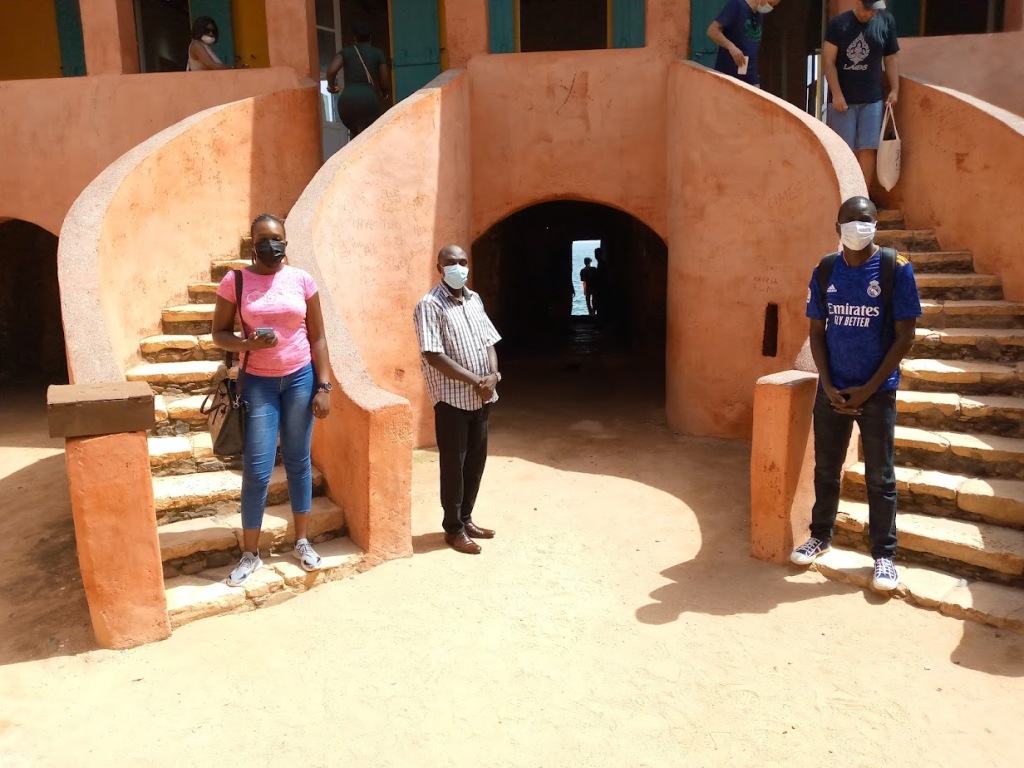
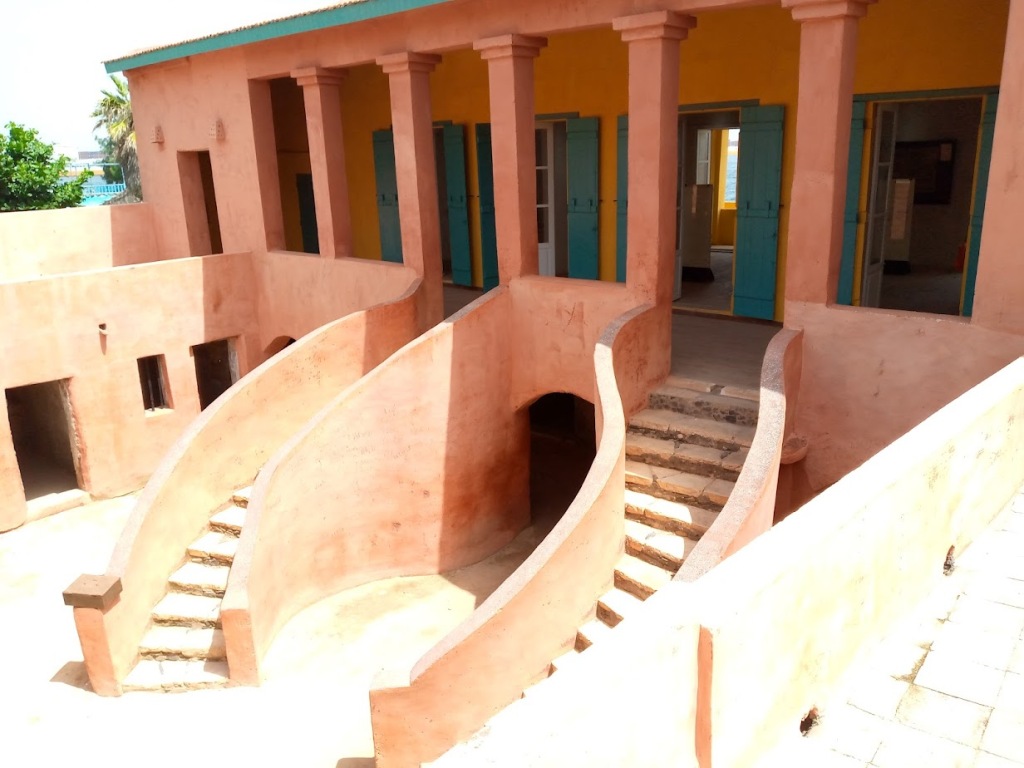
The ground floor on the other hand – containing several grim chambers and dark airless dungeons – was where Africans were held captive in the worst of conditions for weeks or months, while awaiting shipping to the Americas as slaves.

The sexes were separated; shackled males in different chambers, grown women in theirs, and young girls and infants having their own.

Defiant captives were usually tortured in the underneath dungeons, and in the event of them becoming fatally ill and or dying, they were thrown at sea to be devoured by marauding sharks.
I entered one dungeon in which Tata Mandela, during his trip to the island, is said to have entered. Herein, Tata sat for several minutes, in memory of the captives that had been stowed therein in the most humiliating, degrading, and dehumanizing conditions.
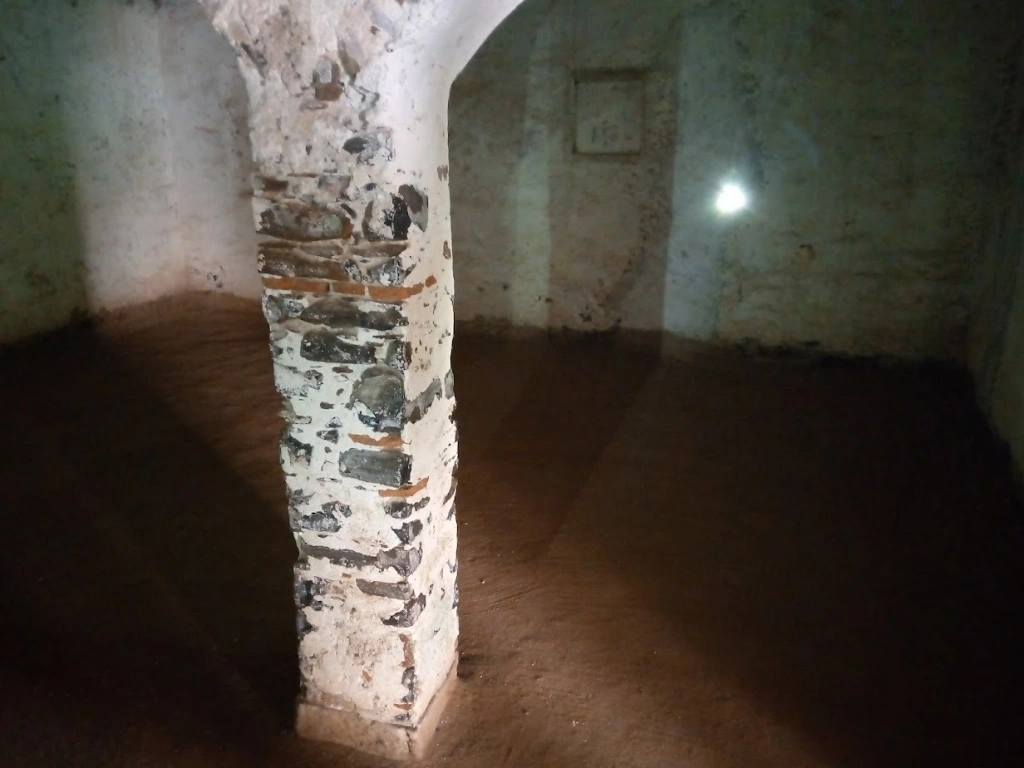
Pape, the tour guide, enumerated that the main diet for the captives was a bean-based diet. Adult males, he said, were required to weigh at least 60kgs in order to ‘qualify’ to be shipped to the Americas on a boat – a journey that usually lasted 3 months at sea.
This requirement was mostly due to the torturous journey across the Atlantic ocean in chains – stacked together like sardines – and in the most unsanitary conditions.
As for the women, while in this house, the mature women were usually separated from young girls – deemed as virgins. These underage girls were said to have special sanitation amenities (in-house) reserved for them, to avoid ‘contamination’ from the older women, whose sanitation amenities were at sea.

The white traders and masters usually turned these young girls into their mistresses at will, and in the event that they fell pregnant before a slave ship docked, they were ‘permitted’ to stay on the island until they gave birth, before being shipped into slavery.

It is said that adult males and females were allowed the call of nature and sanitation only once a day (every morning), and at sea at that. During the rest of the day, they would be locked in shackles, in the chambers and dark dungeons, awaiting to pass through the notorious “Door of no return”, where a ship would be docked to ferry them across the Atlantic. Many are said to have died at sea enroute before reaching the destined distant lands.

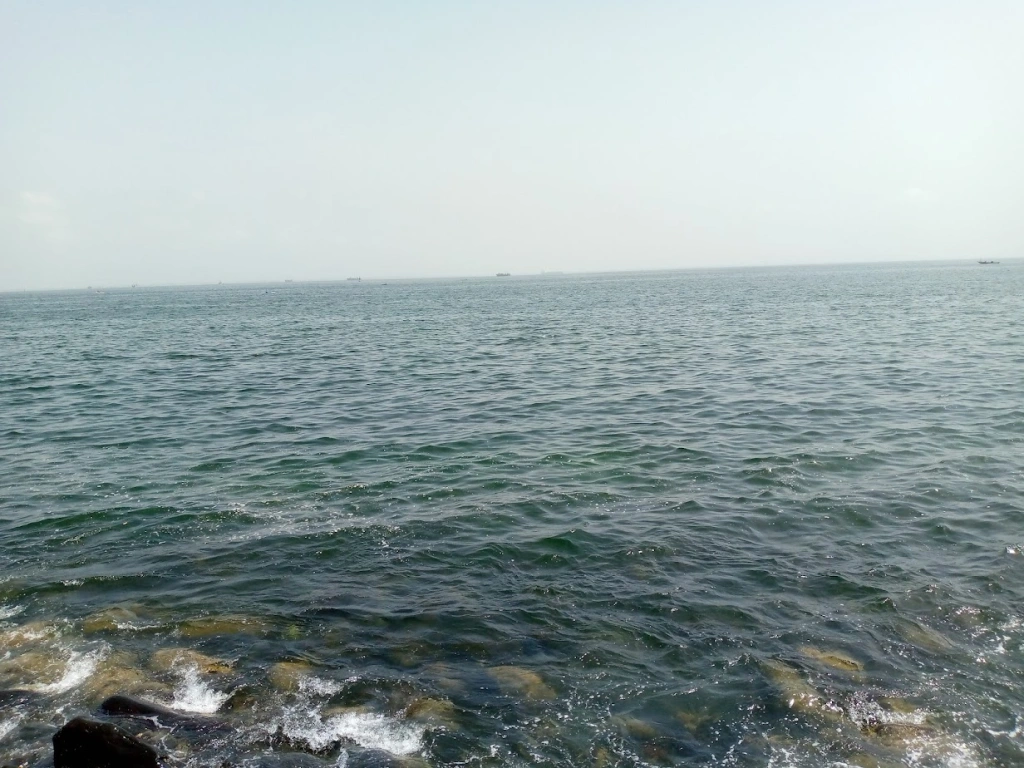
Bambara Quartier
Our next move led us to Bambara quartier, a segregated settlement that is said to have been inhabited by the Bambara people from Mali. These people were mostly domestic slaves and were reportedly said to possess high level skills in the building of roads, fortresses and houses, and probably played a huge role in the island’s infrastructure.

Église Saint-Charles Borromée (Church of Saint-Charles Borromee)
On our way to visit this church, we passed by a 500 year old Baobab tree, and the mayor’s residence.

The Church of Saint Charles Borromee became operational in 1830, and is named after a bishop from Milan, Italy.

Our guide narrated that in the early years of its operation, Africans could not be allowed to worship here. He added that each white family on the island had a pew reserved for them during mass service and moreso, with their family name engraved on it (some pews still had these silver engravings attached to them).

At the back of the church, a spiral staircase tucked away into an ‘attic’. This sky parlor is claimed to have been a preserve of the governor whenever he attended mass.

Surprisingly, the church wall is dotted with African iconography.
It is in this church that Pope John Paul II, during his visit in 1992, asked for “forgiveness” for the ‘shameful’ slavery meted on Africans.



Before we stepped out of the church, Pape requested that we spare a few minutes to reflect and pray about the soulful moment.
École de formation d’instituteurs William Ponty (William Ponty School)
Our trek led us past the renowned William Ponty school, once mentioned by my favourite Pan-Africanist writer and historian – W.E.B Dubois, in his 1925 book ‘Worlds of Color’.
Named after William Merlaud-Ponty, a French West Africa governor general, the school was relocated here in 1913 (NB: the school is now a residential place as it was moved again – from the island).
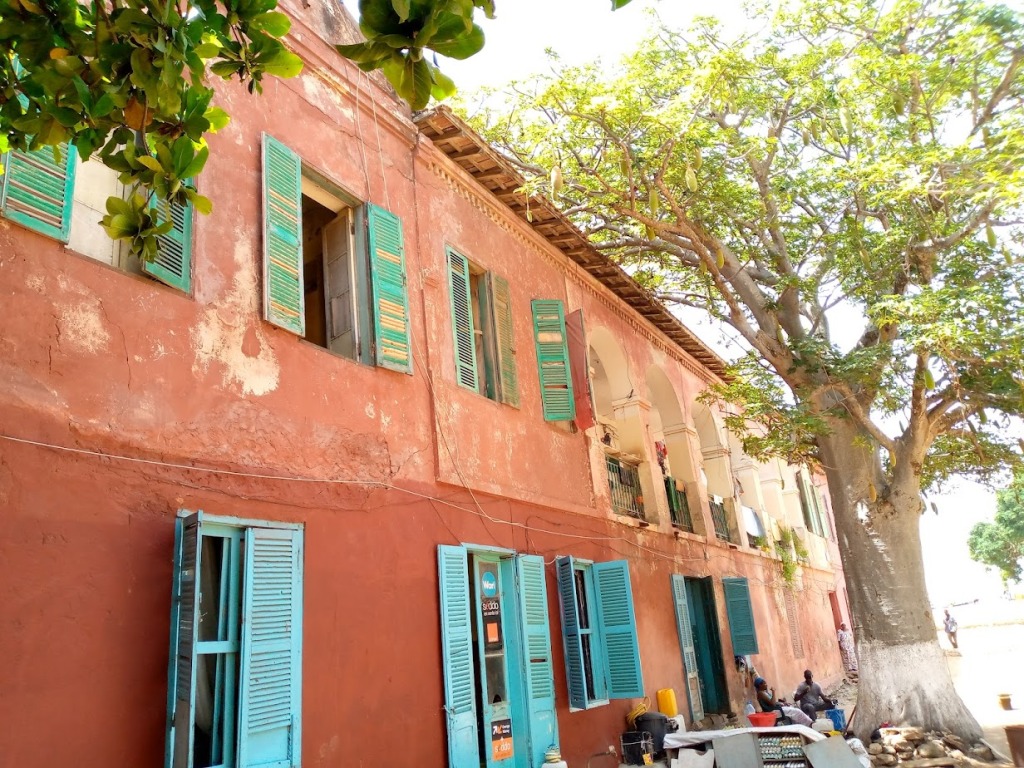
Ponty school boasts of notable alumni that led the struggle for independence from the colonial master; France, for their respective countries.
These include the likes of Modibo Keïta of neighbouring Mali, and Félix Houphouët-Boigny of Ivory Coast, just to mention but a few.

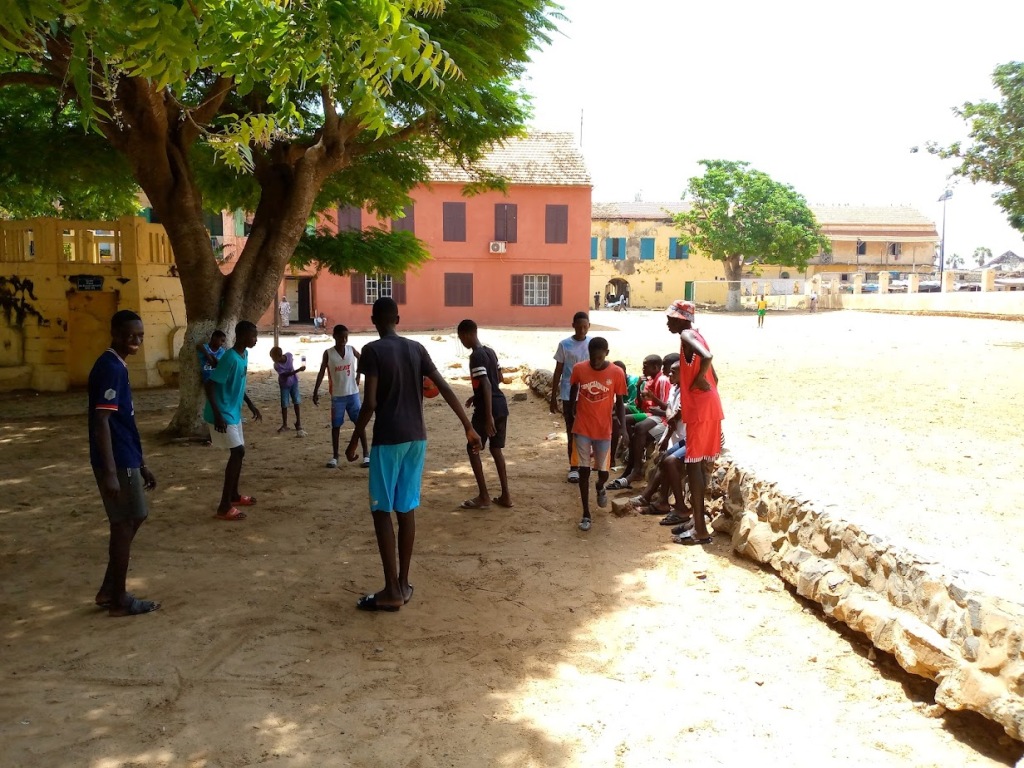
Palais du Gouvernement (Government Palace)
Up next was this site. Built in the 1860’s, the palace is said to have housed the governor residing on Gorée island. It would later be abandoned, with a new site on mainland Dakar being preferred mainly because of the new location’s ease of access to fresh water.


Pape disclosed that the island lacked fresh water in the colonial occupation era, and that its inhabitants tapped rainwater which was stored in dug underground storage.



However, this led to a rat epidemic outbreak in 1878. The epidemic hit Gorée, decimating a fraction of its island’s population including Gorée’s only white doctor, whose sculpture is erected on the mass grave of the victims of the rat plague. The location of the grave is several meters away from this palace.

We then headed out to Restaurant Saint Germain, where I got to enjoy a sumptuous meal of barbecued chicken (dipped in lemon), with fries, washed down with a chilled drink of Bissap juice, Senegal’s ‘national drink’.

I was made to understand that this dope drink is made from hibiscus flower, blended with baobab juice.
La statue de la Libération de l΄Esclavage
This statue depicting a man and a woman breaking free from their chains, was donated by the people of Guadalupe to the people of Senegal, to symbolize liberation and ‘brotherhood’.

Originally erected near the house of slaves, it was moved to the garden square it’s currently standing on, as a move to thwart the colonial master’s desire to put up a monument of their own in the very garden.
During his visit to the island in 1998, President Bill Clinton is said to have delivered an ebullient tribute on this very square.

Five years later, George W. Bush would make his address on the island, where he mentioned the likes of Phyllis Wheatley, a seven year old girl who was dragged into slavery from this West African region in the 1760’s.
Wheatley would later go on to become a poet, and the first noted black author in America’s history.

President Obama would also follow suit -ten years later – when he toured the island.
Musée historique (historical museum)
The museum is dedicated to showcasing and commemorating the different eras in Senegal’s history. The 13 rooms display artifacts and history from ancient times to the country’s independence, key among them Senegal’s Kingdoms and Empire, slave trade, armed resistance, and European colonization.








Fort d’estrees (Fort of estrees)
Our pilgrimage drew to a close with a visit to this ancient rampart facing Dakar.
On the museum’s rooftop, several firing cannons are visible, evidence that this was undeniably the island’s defense fort.


As we waited for the ferry’s designated time for the trip back to mainland Dakar, Pape led us on a walk on the island’s various streets that led to various lush private residences which were once ‘slave houses’.



Though laden with the horrors the scenic island exposed, I left having satisfied my curiosity on the history it has harboured over the centuries.
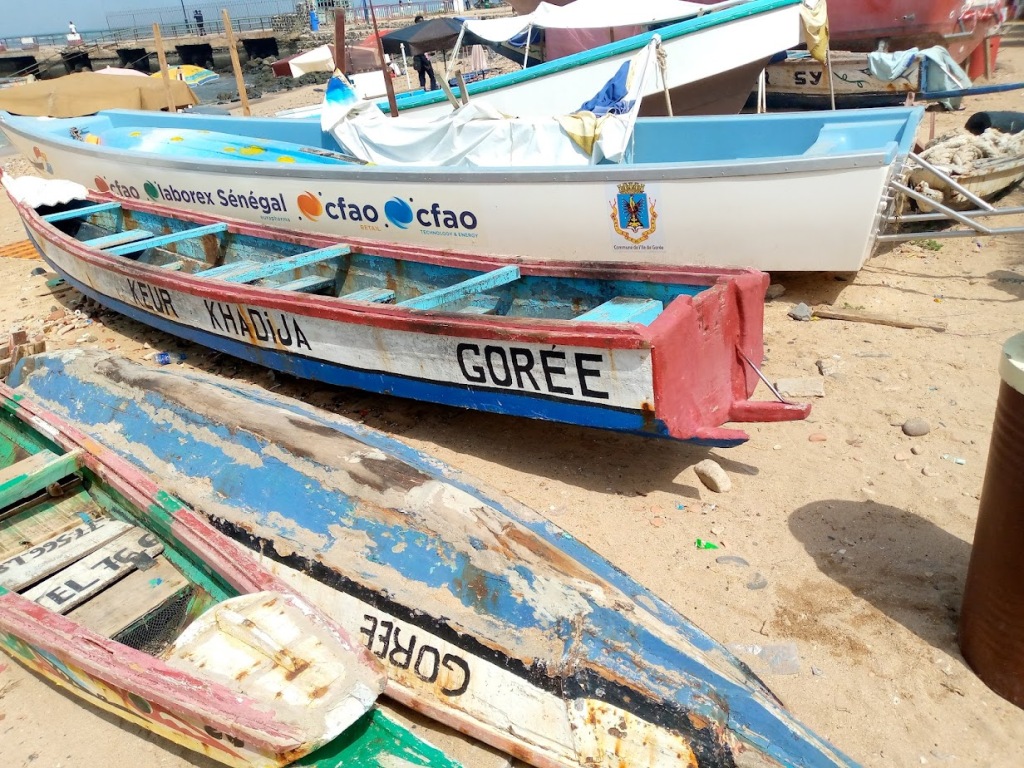
+++++++++++++++++++++++++++++++++++++++++++++++++++++++++++++++++++
Please note that there are other Île de Gorée attractions that I visited but are not mentioned in this blogpost. In total, there are about 26 points of interest on the island, and I managed to take 500+ photos of these points.
I have only cherry picked the ones that were of utmost interest on my pilgrimage (for this blogpost).
Pape Tata Ndiaye, our local tour guide can be reached directly on Tripadvisor for trip advise and sightseeing bookings.
Sidenote: “During the 400th year anniversary of the first enslaved Africans’ arrival in the United States, Dakar and Gorée held a four day event dubbed ‘The Door of Return Trip’, in 2019. I was the lead guide for visitors during this event. Dr. Julius W. Garvey (Marcus Garvey’s son), visited Gorée island and urged Africans on the continent and those in Diaspora to work collectively, to change the African narrative.
The trip started in Senegal, Ghana and South Africa. The Mayor, Senghor and the Municipality, graced the event” – Pape Tata Ndiaye
+++++++++++++++++++++++++++++++++++++++++++++++++++++++++++++++++++
Since you are here….
If you feel the work on this blog is informative, please support it. For as little as 2€, you can inspire more articles capable of creating an empowered knowledge society – Thank you. Paypal A/c: bswitaba[at]yahoo.co.uk

You took me to Senegal with this well narrated visit to the island. Saw the island through your eyes. Very informative peace. Thank you
Thank you for the feedback. Glad you enjoyed it.
I enjoyed the read
Thank you 🙂
Thank you for this virtual tour through Goree Island. I enjoyed it.
Jerejef (Asante) for the feedback 🤗